What Monkey Has A Red Bottom? Monkeys With Red Bottom
Nolan FosterAmong the abundance of diverse fauna, almost the greatest interest of ordinary people is caused by monkeys. They are too similar to us, and at the same time, fundamentally different from us. Watching the apes is much more interesting than a crocodile. And among monkeys, the most interesting are monkeys with red bottoms. Just because of its unusual color. It is not quite right to call a monkey with such a distinctive feature “macaque with the red bottom”, because such coloring can be assigned to other primate species. This phrase is rather a simple one, established among people who are far from zoology. On the other hand, it clearly defines what kind of animal is meant. Let’s meet the monkeys with red bottoms.
Japanese macaques with red bottom
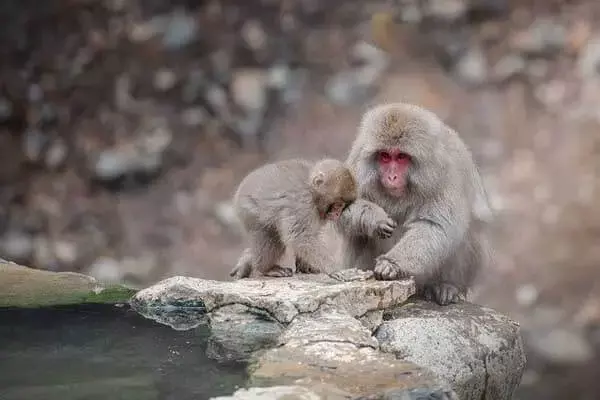
Among the monkeys, with a defiant color of the bottom, a little mansion is Macaca fuscata. It is a species of apes that originally lived in a very limited territory – in the north of Honshu Island. Among its congeners, these macaques with red butt stand out because they live in climatic conditions that are not suitable for monkeys.
Japanese monkeys have average size: males are no more than 95 centimeters, no heavier than 14 kilograms. Females are even lower, and by weight, they are almost one and a half times behind the males. These monkeys have very thick and long dark gray wool with a brownish tint. “The ‘Face’ and buttocks of Japanese primates are bald and painted in scarlet color. The tail is short, max. 10 cm.
Japanese monkeys with red bottoms hold heap, a flock can count up to a hundred individuals, and it follows the strictest hierarchy. In the natural habitat, snow can lie for up to four months, and temperatures above -4 C do not rise. Thermal springs help macaques to survive the cold, in which they warm themselves. And in order not to freeze, going with wet wool for food, the Japanese monkeys set up duties. Individuals with dry hide wear food to warmed congeners, after a strictly defined period, the tray climbs into the water, and the already warmed one takes up his post.
Japanese apes are very smart beasts. To communicate within the community, they use a complex set of gestures and sounds, tend to wash the collected fruit, and adapt their diet to the specific conditions of their habitat.
At the end of the XX century, several Japanese macaque individuals were brought to the territory of Texas and perfectly lived in their new homeland. So now you can watch the monkeys not only on Honshu Island.
Hamadryas baboon ass
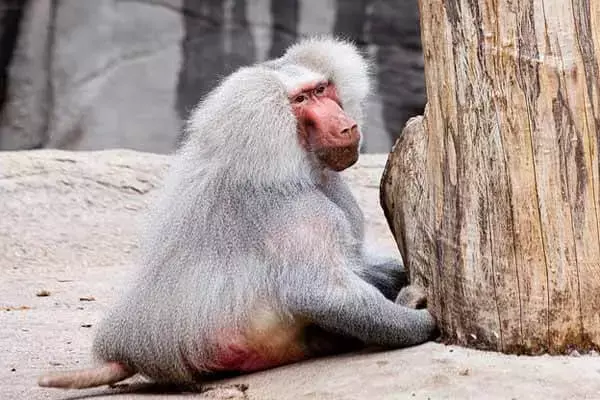
Hamadryas baboons lead a land-based lifestyle and are larger than the Japanese macaques. Males grow to one meter and can weigh 30 kg, females half as small. The fur resembles dry grass in color; females have a darker color. These baboons are called plush because of the original growth of male hair: on shoulders and chest, it is longer and resembles a cape. Regardless of the sex, the saddle is red, but the muzzle is flesh-colored. Apes use sounds, gestures, facial expressions, and even look to communicate. In search of food, the hamadryas can overcome 60 km in a day. The main natural enemy of the hamadryas monkey is leopards. However, if the danger is noticed in time, a flock of placid baboons can fight off even a lion. So predators usually hunt sick or old individuals, which monkeys often sacrifice for the safety of the rest of the community.
Chacma baboon butt
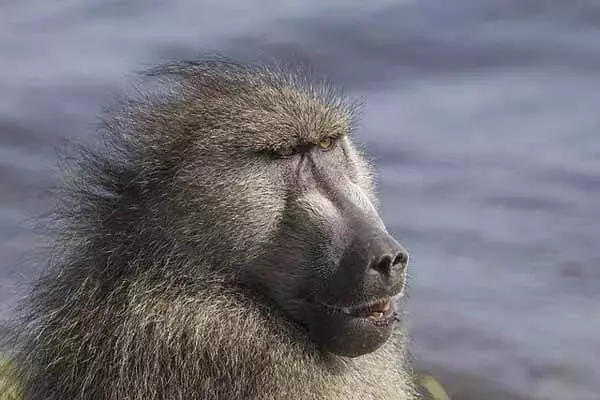
Chacma baboon is the largest representative of its species in South Africa. Like the Hamadryas, they live mainly in the rocks and eat everything they can find: roots, lizards, scorpions. The locals assure that they carefully remove the poisonous sting before eating the last chaсma baboon.
Chacma baboons are very dangerous creatures. They easily deal with dogs and can arrange an organized attack.
The chaсma’s hair is greenish and black, and there is a black crest along the back and extremities. Babies are born very dark and lighten as they grow older.
We hope you enjoyed our selection of monkeys with red bottoms.
What monkey has a red bottom?
A Japanese monkey with a red bottom is one of the most unusual species of ape. The monkey originally lived on a small island in northern Honshu, where the climatic conditions are not suitable for most species of monkey. Because of this, it stands out among its congeners. The species has a distinctive red coloration on its buttocks, which is a highly visible cue to males that the female is ovulating.
Though technically an ape, chimpanzees are not classified as apes. They are not characterized by tails, and their red butts are used to advertise their fertile status to potential mates. Male chimps use this color to identify female chimps in the group and will approach them with a red butt. The butts also serve as landmarks to recognize other chimps.
All primates have very good color vision, and monkeys use color to communicate. While there are some differences between chimps and humans, the majority of apes have red butts. The most notable among these is that female chimps have a distinctive red butt that signals ovulation to males. Similarly, baboons have an orange-red butt. This is a signal to male chimps that it is time for mating.
Chimpanzees and baboons are two types of apes. While both male and female chimps are red, both have red bottoms. These animals use color to identify themselves and their mates. The female chimps use this color to display their fertile status and to attract potential mates. The male chimps also recognize other chimps by the shape of their butts.
Another type of monkey with a red bottom is the baboon. These animals produce the most spectacular red bottoms during their reproductive cycle, during which their butts swell to a huge size. In turn, the redness attracts male baboons. As a result, the females in the troop pay attention to the health of each other. While they don’t like a female who is still nursing, they are likely to be attracted to the swollen butt of a baboon.
The female baboon’s red bottom is the same color as the male baboon’s. They have different eyesight, and the male baboons have an eye for redness. The female’s redness, in contrast, is a sign of a female’s sexuality. They are also more attracted to a male with a red bottom. If you’ve ever seen a baboon with red bottom, you’ll recognize it as a unique animal.
The red bottom of a baboon is the same color as her face. She is more attractive to male baboons than to a male. But the male’s red bottom does not necessarily attract more males. It is a sign of sex. However, the female’s redness may also draw men. So, the female’s red bottom is a signal of sexuality. It may attract males as well as females.
The female’s red bottom is considered a sign of sex, especially for male baboons. The female baboon’s red bottom swells during her mating season. The male is attracted to her large and red butt, which is why it is so common in human culture. It is believed that the male baboon’s scrota attracts a male’s attention, but not her body.
The male of the rhesus macaque has a red bottom. It is the only non-human species to have red buttocks. It is endangered and varies in size. It is found in India, southern China, and southern India. And it has the most widespread geographic range of all non-human primates. There are several subspecies of the rhesus monkey. It is a fascinating and unique animal.
Fun Facts About the Red Butt Monkey
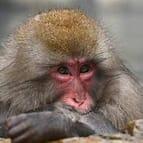 Photo from animalgoodnews.com
Photo from animalgoodnews.comThe red butt monkey is one of the most unique primates in the world. While the name might be a bit confusing, the rhesus macaque is one of the most beautiful and adaptable species of non-human primates. These adorable, social creatures are also highly intelligent. While males are typically more slender and have white or yellow faces, females are generally larger. These fascinating little creatures have colorful folktales surrounding them.
The Red Butt Monkey is also known as the Celebes crested monkey. These animals live in the driest, sandiest regions of the globe, and are renowned for their red bottoms. The species is unique in that it lives in climatic conditions that are inhospitable to other types of monkeys. While they are not aggressive, they do not like the presence of humans. They are also known to be quite docile, and they can be very aggressive if they feel threatened.
All primates have excellent color vision, but some have more prominent red bottoms. The Red Butt Monkey is the only one of its kind with a bright red bottom. The other species are the baboon, the mandril, and the Celebes crested macaque. These mammals are able to distinguish males and females by their butts, which are bright pink. The red butt monkey is very easy to identify in the wild because they are not like other primates.
There are five types of baboons in Africa: the rhesus, Japanese, and Celebes crested macaques. Their butts are red and they make a loud noise to attract potential mates. These animals are also socially active, and they can recognize each other by the color of their butts. It’s a fun fact about these wonderful creatures. There are many facts about them, so read on to learn more about them.
The red butt monkey is an interesting species of ape. Its red bottom makes it stand out among its congeners. This species was previously found in a very limited territory on Honshu Island, but has expanded its range to include parts of eastern Asia. The apes have the ability to communicate with one another, but they don’t have the intelligence to do so. Its eyes and face are the only way to communicate with each other.
Unlike most monkeys, the red butt is a sign of gender. In addition to being a male, female baboons are also highly social. During their reproductive cycle, the female baboons swell their butts to a huge size. The redness of a baboon’s butt also attracts male apes. The redness of a babiend’s bottom is also one of its distinguishing characteristics.
- DogsThe Benefits Of Proper Puppy Nutrition

- Wildlife10 Interesting Facts About The European LynxBy Noah Young
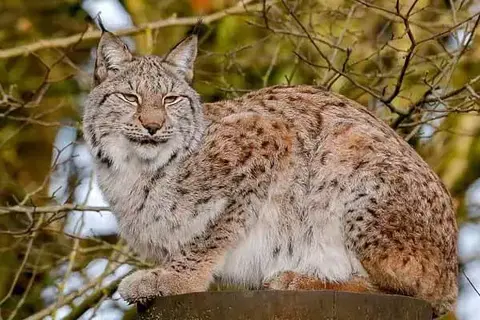
- Wildlife20 Interesting Facts About SnakesBy Evelyn Star
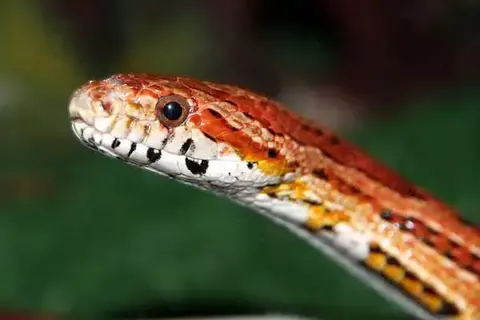
- Birds7 Interesting Facts About The CuckooBy Karla Miller
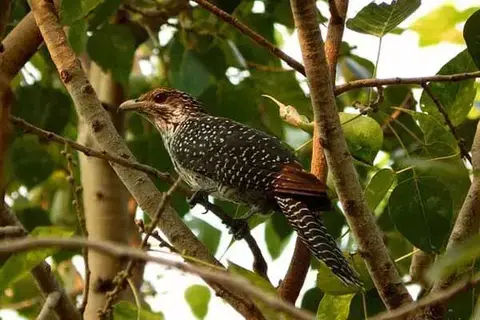
- RodentsHamster Illnesses – Symptoms And TreatmentBy Evelyn Star
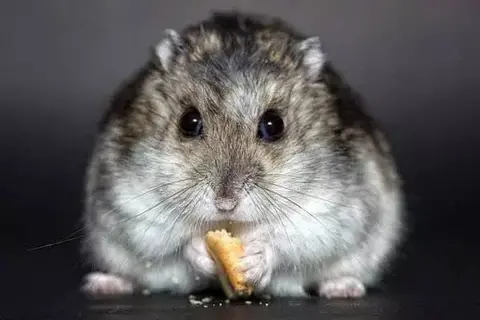
- Livestock30 Interesting Facts About DucksBy Charlotte Green

- RodentsCan A Hamster And A Cat Live Together?By Noah Young
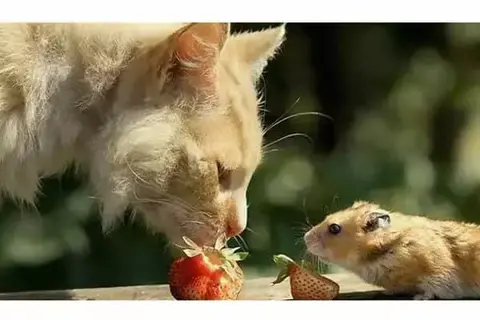
- DogsWhat Is Chinchilla Life Expectancy?By Khai Dove
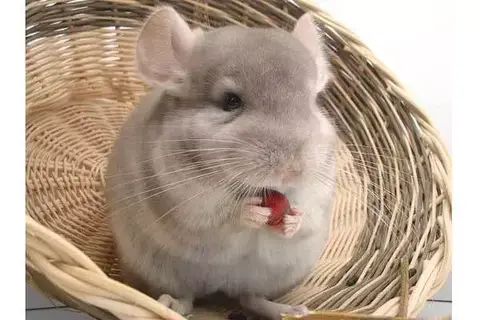
- WildlifeInteresting Facts About Tapir You Need To KnowBy Noah Young
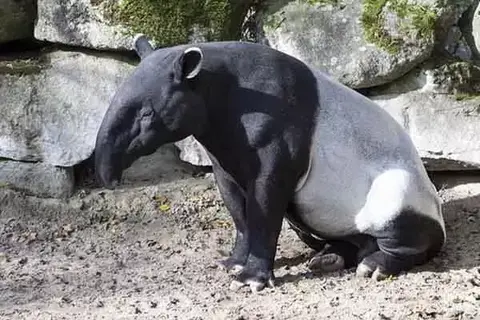
- BirdsInteresting Facts About The Brown PelicanBy Evelyn Star
